University of Jyväskylä SS2023 Arno W.
Study period: Spring 2023
Academic level: Master
Arno W.
When I applied for a mandatory exchange semester in the spring of 2022, Finland would not have been my first choice if I would have had a completely free choice. But places were limited, and the courses offered at the University of Jyväskylä (JYU) seemed attractive. Today, I can say that choosing Jyväskylä was one of the best choices I ever made. I spend the spring semester in 2023 (2023-01-02 till 2023-05-31) in Jyväskylä studying information systems.
Application
About two months after I received information from IS:link that they had accepted my application (and first choice) to study at the University of Jyväskylä, or jyväskylän yliopisto in Finnish, they send me an information sheet with courses previously taken at JYU by previous exchange students from UDE. Unfortunately, this sheet was outdated, and nearly all of these courses are not offered anymore by JYU. However, JYU provides a good overview of all classes taught in English within the IT faculty on its webpage. I used this information to prepare a preliminary learning agreement about 4 months before the start of my exchange period. Unfortunately, the whole process of processing this preliminary learning agreement by IS:link and the exam board took quite some time. In the end, I luckily received positive feedback about a week before my departure to Finland.
JYU contacted me about two and a half months before the start of the semester. I had to provide some personal information and enter my learning agreement. Due to the long time it took at UDE to process my learning agreement I entered the courses from my preliminary learning agreement. Fortunately, they were flexible with that, and I could change the courses after UDE had finally processed my learning agreement.
Accommodation
When applying for JYU you can also apply for accommodation and at least in the spring semester of 2023 everyone got an accommodation from the University, which makes your life a lot easier and less stressful. Most of the accommodations are shared flats with two or three people, where everyone has their own room, and the kitchen and bathroom are shared. The two housing providers are Soihtu, which operates the student village in Kortepohja, and KOAS, which operates several housing facilities around the city of Jyväskylä. While the student village in Kothepohja is way bigger and offers more facilities like a big gym or a student restaurant, the exchange students community in the KOAS facilities is mostly closer because most students in the KOAS buildings are exchange students. I stayed at KOAS Myllyjärvie in a two-room flat. In my opinion, it does not really matter where you stay, there will be nice people around you anyways. I received a housing offer about a month before my exchange period.
Studying at JYU
The teaching language is English for most master-level classes at JYU in information systems and computer science. There is only a very limited selection of bachelor-level classes in English within the IT faculty. Unfortunately, it’s not possible to take master-level business classes at JYU, unless you have a bachelor’s degree in business administration. Beyond courses in information systems, JYU offers a range of language classes like Survival Finnish and soft skill classes like working in a multicultural environment. I can highly recommend enrolling in the Survival Finnish class, as it is a compact course where you learn some basic vocabulary and gain some knowledge about Finnish culture.
The first lectures started in the second week of January. The semester is divided into two phases of five to six weeks each. Within these phases all lectures and exams of a course take place. So, studying is quite compact. However, this leaves lots of free time between the two phases and after the second phase. Teaching in Finland is more focused on group work and weekly submission for individual and group work assignments. Mostly there is no written exam, but presentations or reports. In my opinion, studying information systems at JYU is easier than at UDE. One downside of studying at JYU is, that most of my classes were online classes. Yet, I always met with fellow students at the campus or the library to watch the lectures together.
Arriving in Jyväskylä and orientation days
I arrived on the 2nd of January in Jyväskylä by train after flying from Duesseldorf to Helsinki and taking a train from Helsinki to Jyväskylä. At the train station my tutor, who had contacted me beforehand and answered my open questions, picked me up and together we took a bus to my accommodation at KOAS Myllyjärvi. The three-day orientation program at JYU started on the 3rd of January and we got to know the university, city, and the other exchange students. There are lots of exchange students at JYU, in spring 2023 there were about 200. I highly recommend attending the orientation program!
Student culture and trips
The community of students in Jyväskylä is certainly incredible and it was very easy to make lots of new close friends. We all had lots of fun together and went on lots of trips within Finland and to countries close to Finland. With ESN Jyväskylä (Erasmus student network) I went on trips to northern Lapland and the Lofoten Islands in Norway. The trips were amazing and the beauty of nature in these places is breathtaking. With my new friends, I went on a one-week trip to explore the Baltic capitals (Vilnius, Riga, and Tallinn) and visited London, Copenhagen, and Stockholm. In Finland Helsinki, Tampere and Turku are worth visiting. One trip I could not fit into my schedule was to visit Koli national park, but from the stories of the other students and the pictures, it seems to be an incredibly beautiful place. Two other natural sights close to Jyväskylä I can highly recommend visiting are Hitonhauta – a canyon with frozen waterfalls in winter time – and the Paljaspää nature trail, which can be reached by bus from Jyväskylä.
In general, nearly everyone in Finland speaks English on a high level, so there is no need to be afraid because of the language barrier. To also get to know more Finnish people and not just exchange students I can recommend participating in sports classes offered by uMove, which is connected to JYU. Additionally, I can highly encourage everyone to participate in so-called Sitsits or sit fests. A Sitsit is a traditional student dinner party where songs are sung, and games are played. Of course, it also involves food or snacks and drinks. They are a great opportunity to get to know new people in a relaxed environment as the seating order is randomly assigned. Furthermore, each study program has it’s own student association. They are very active in organizing events and other social activities. Once again, I can highly recommend visiting some of their events. Within the IT faculty there are three student associations: linkki for computer science, dumppi for information systems, and algo for software engineering studenty. It is up to you which student association you want to join.
Conclusion
I can certainly encourage everyone to study in Jyväskylä. The winter is cold (I experienced temperatures down to -26°C) and long (most snow melted in the second week of April and the lakes were still covered with ice until May), but seeing northern lights in Jyväskylä, experiencing the sauna culture, trying ice swimming, skating on frozen lakes, swimming in the lakes at the end of May and the student community more than make up for the winter. The experiences you gain and the friends you make during an exchange semester in Jyväskylä are worth overcoming the organizational obstacles.
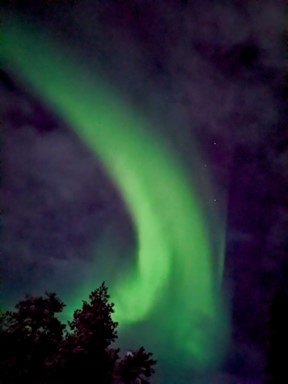
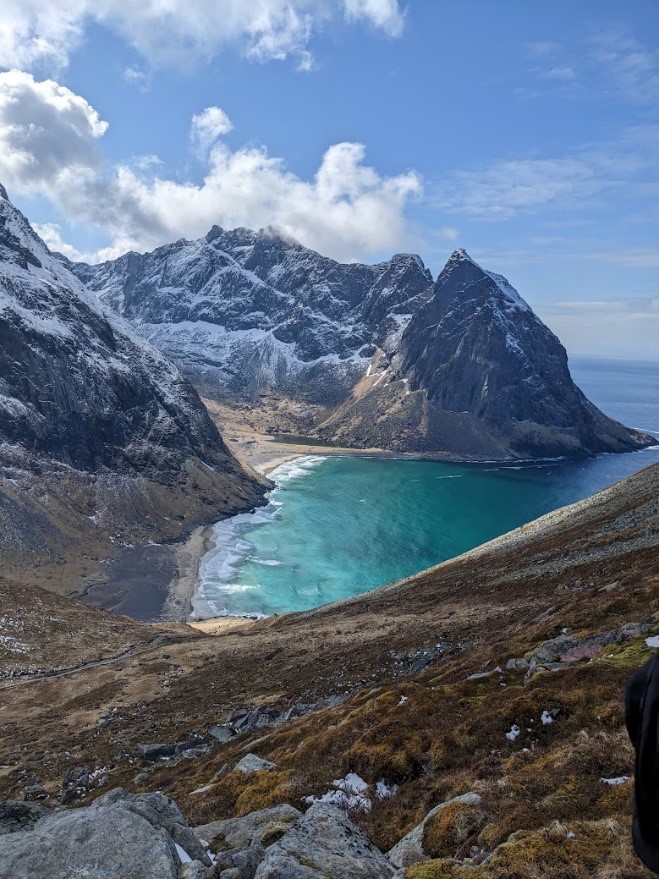
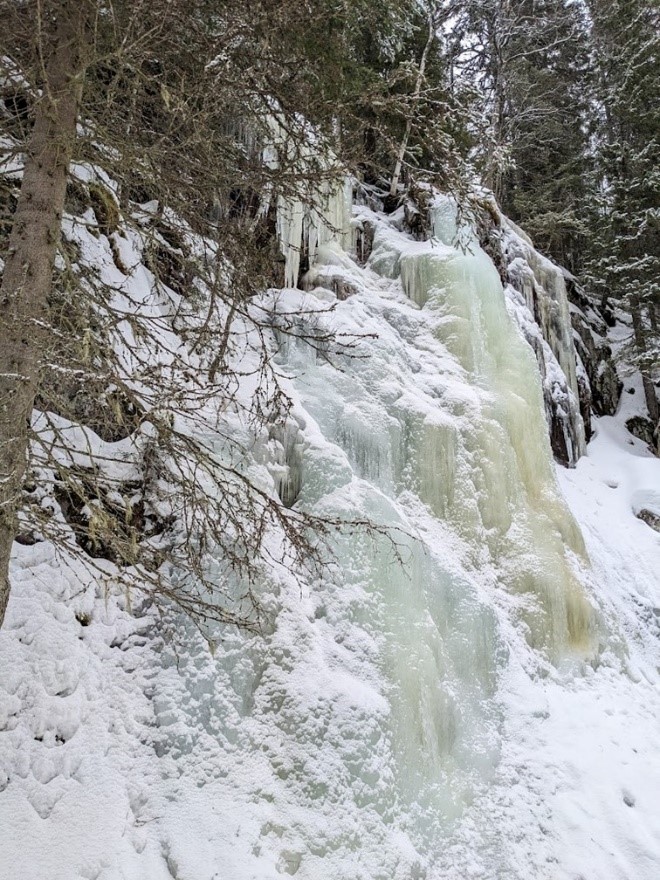
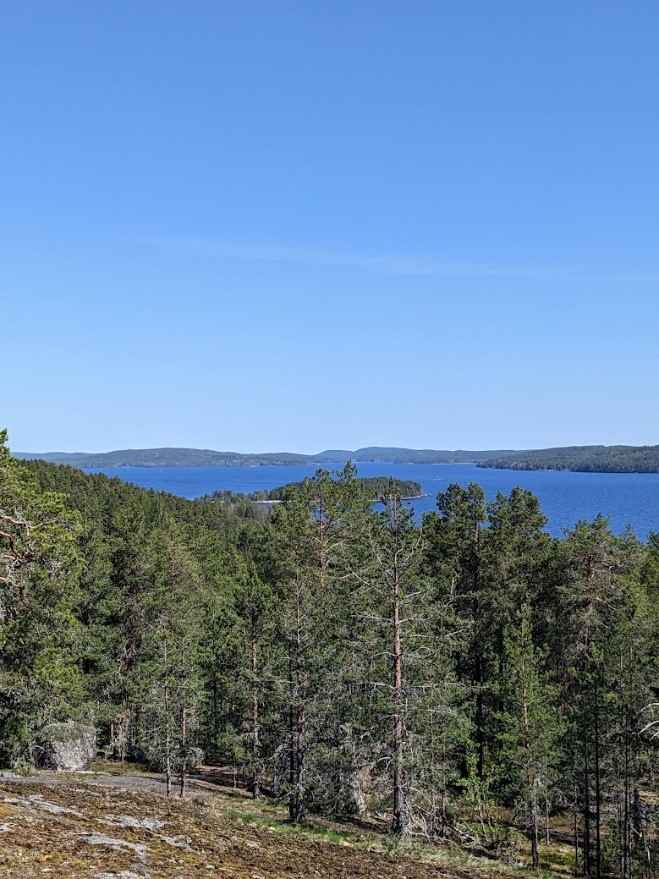
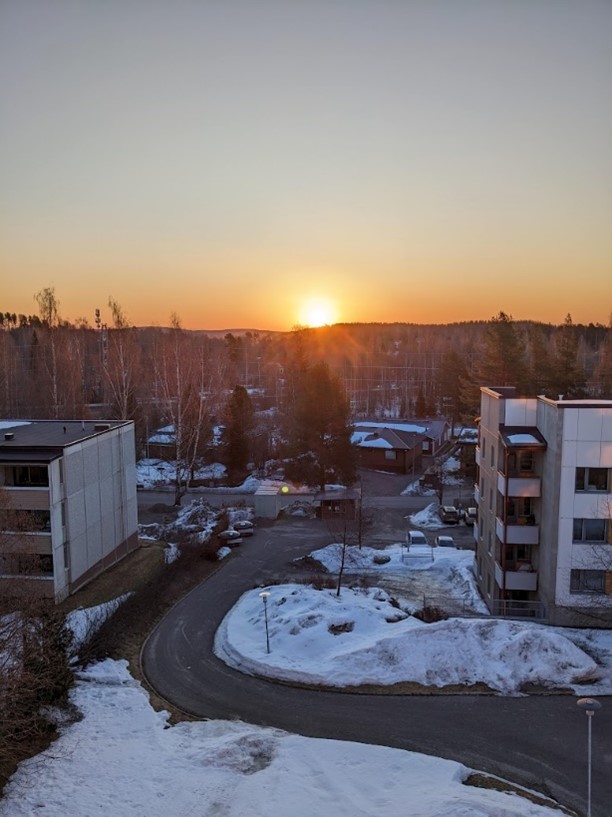


![[Translate to English:] [Translate to English:]](/fileadmin/fileupload/PRO-ISLINK/postApril_ISlink_Logo_IS_Student_Exchange_Network.png)